Indian low-cost giant IndiGo has quickly become a major player in the global aircraft market with a massive fleet and even more orders. With over 280 aircraft in its holdings today and further changes on the cards, the airline has big plans for the future.
Fleet expansions
Those familiar with IndiGo know that it adhered strictly to the low-cost playbook of operating a single aircraft type for the longest time. The budget carrier chose the Airbus A320 as its plane of choice and has stuck by it for over 15 years now.
Today, IndiGo’s fleet has evolved beyond just one type. To serve regional routes across the country, the carrier added a fleet of ATR72-600 from 2017 onward. According to ch-aviation, the Gurugram-headquartered airline currently holds the following:
There is also little variation in the cabin configuration. The A320s feature a 3-3 all-economy layout, featuring 180-186 seats. The larger A321neos feature 221-232 seats in the same layout. As is expected from a LCC, legroom, and recline are limited but not the industry worst.
However, IndiGo announced in 2021 that it was configuring select A321neos in a long-haul layout for flights over seven hours. These planes feature more comfortable seats, greater legroom, and ovens for hot inflight meals.
Big plans
IndiGo burst onto the scene with its record-breaking aircraft deal in 2006. This trend has not slowed, and the carrier still awaits more than 500 planes from Airbus.
This ensures it is well future-proofed and holds a place in the packed delivery queue for the A320 family. Even after the pandemic hit, IndiGo continued to take deliveries, using the sudden availability to quadruple its A321neo fleet and replace all aging jets.
IndiGo was one of the early customers for the A321XLR. The carrier hopes to disrupt the long-haul market with these jets, flying to Western European destinations like Paris and London as well as further East to Tokyo, Seoul and Beijing.
For now, IndiGo remains Airbus’ most valuable customer in India, with Boeing still substantially behind in the narrow body market (although its has made some inroads recently with Akasa Air). With more orders only inevitable, IndiGo hopes to sustain its current growth.
Stay informed: Sign up for our daily and weekly aviation news digests
Widebodies?
Despite IndiGo’s love for the A320, the subject of widebodies has come up several times. Each time, the carrier has stepped back from pulling the trigger, opting to wait for longer-range narrowbodies for operations.
However, for the first time in its operational history, IndiGo, will operate widebody aircraft, albeit temporarily. The carrier is currently facing a capacity crunch with several of its Airbus narrowbodies grounded due to delays in engine supplies and has decided to wet lease up to three Boeing 777s from Turkish Airlines.
Check out more Indian aviation news here.
It plans to deploy these on high-capacity international routes, mainly Turkey from January next year. IndiGo is keen to have these planes for up to two years, but the DGCA turned down that request. Many view this as a trial phase for IndiGo to see how it manages operations on widebody airplanes and could relook at its fleet strategy after reviewing its 777 flights.
Recent shifts
The airline has also dipped its toe in the freight business, called IndiGo CarGo. It currently has an Airbus A321 P2F aircraft and will operate a second one in December. IndiGo operated its first commercial all-cargo flight on November 15th on the busy Delhi-Mumbai sector, carrying a payload of more than 20 tons on each leg.
On November 22nd, it carried general cargo with a payload of more than 19,000 kg on its first international assignment between Kolkata and Yangon in Myanmar.
What do you think about IndiGo’s fleet? Have you flown with them before? Let us know in the comments!

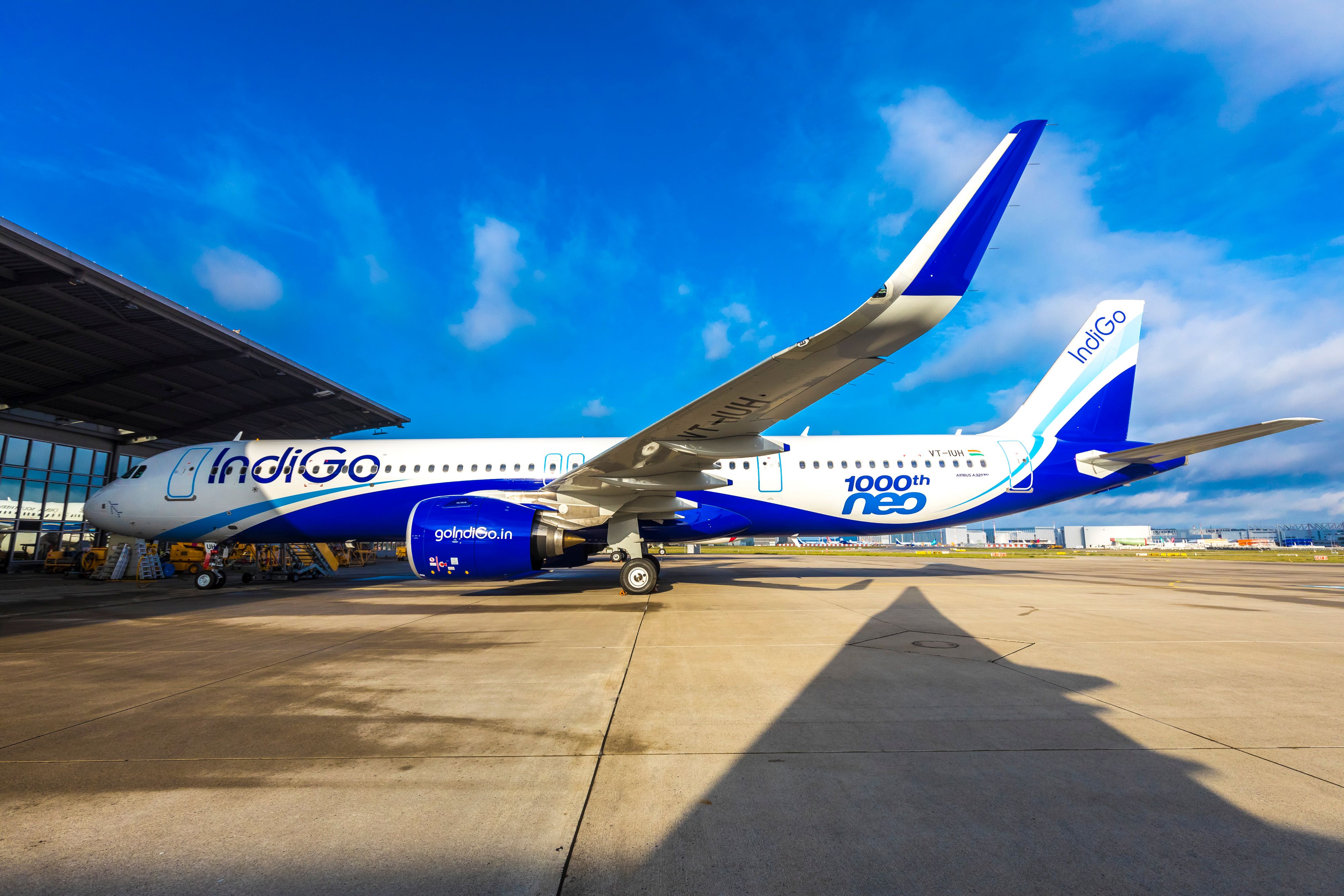
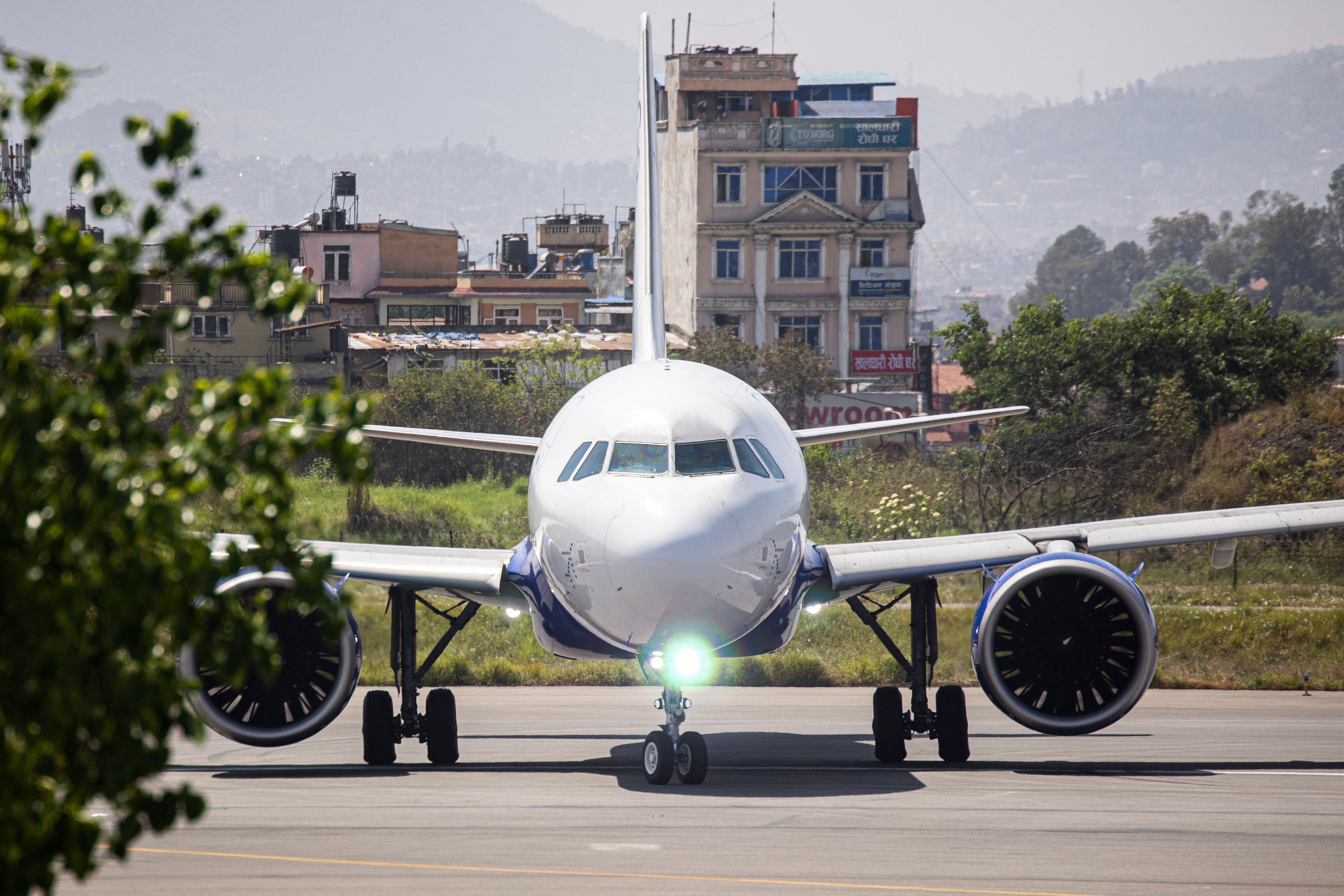
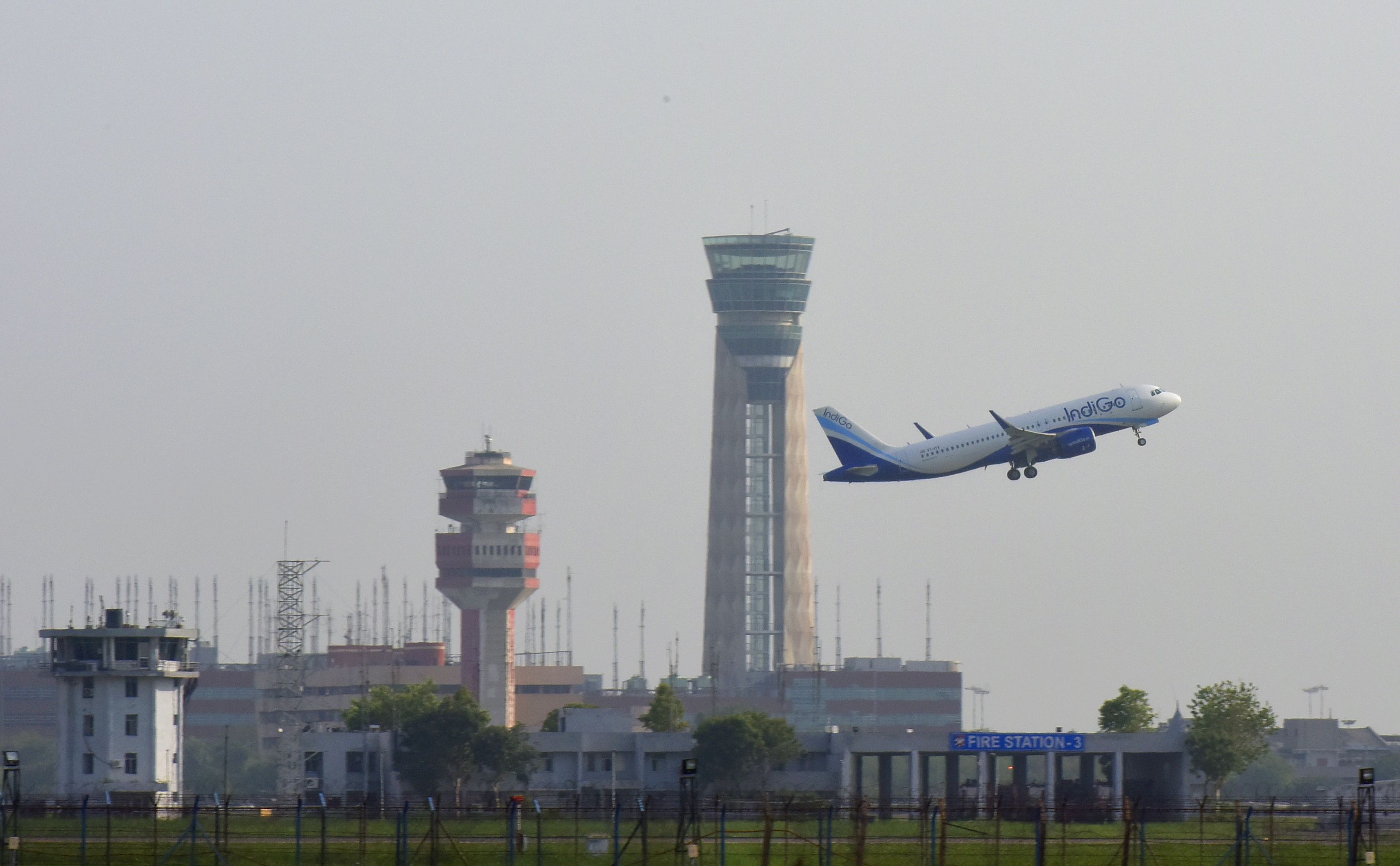
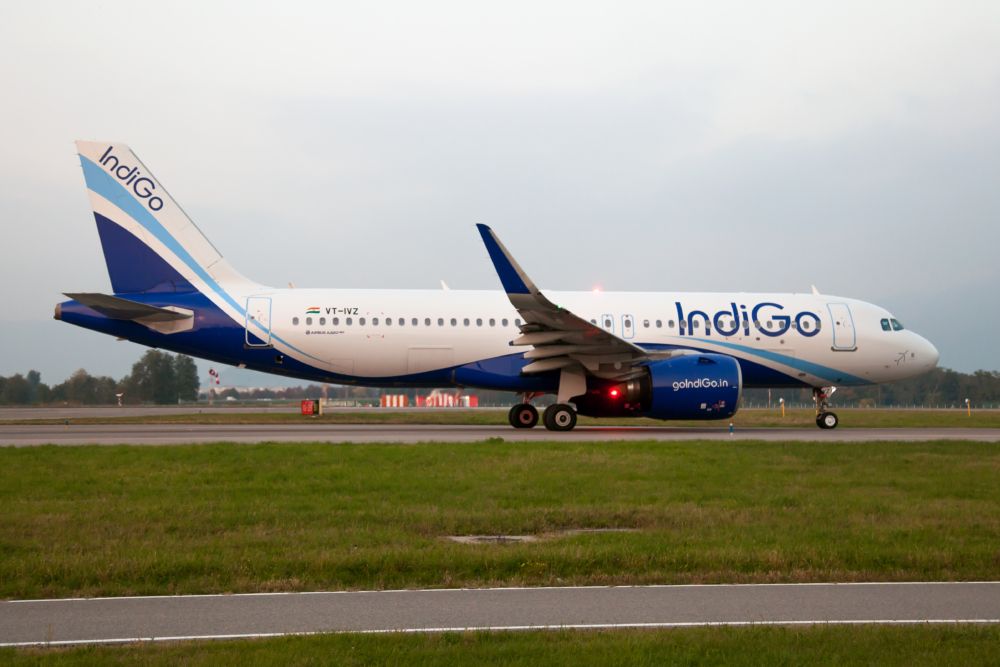
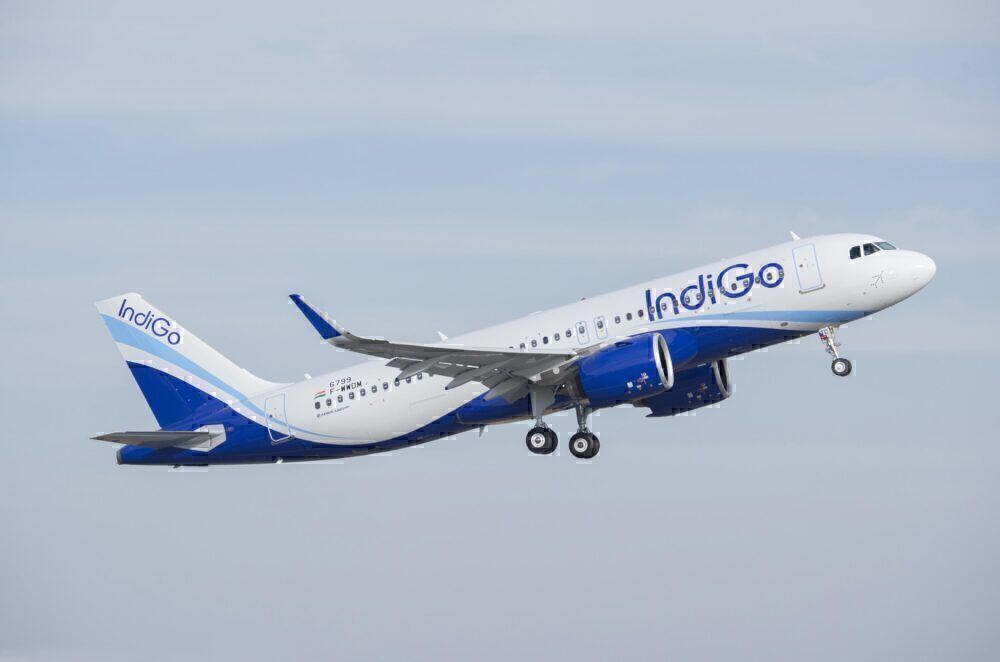
_V_Australia_(6213955476)-(1).jpg)